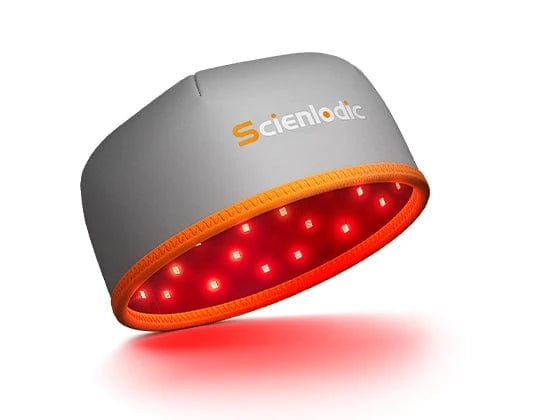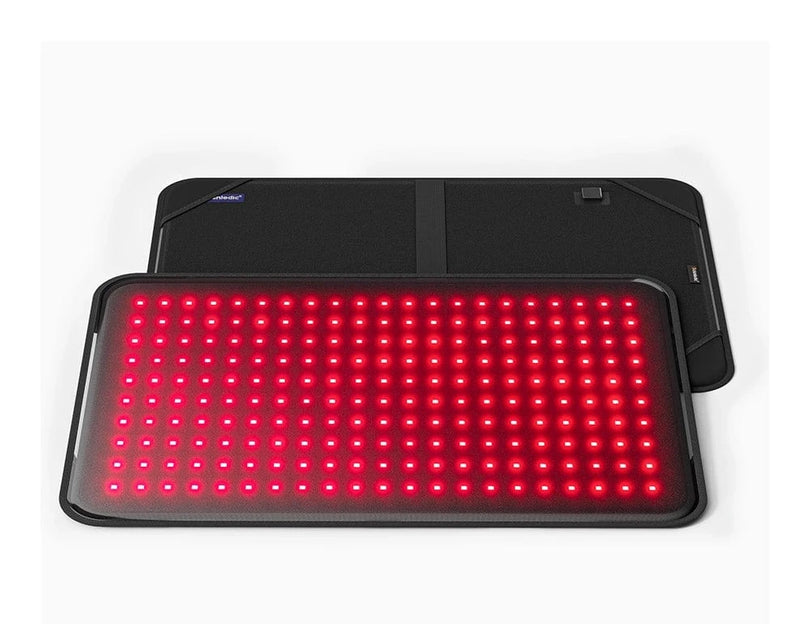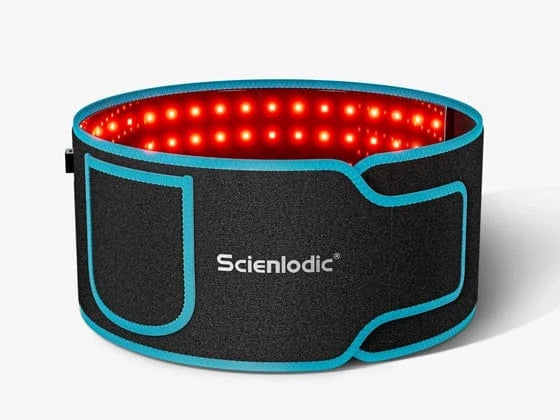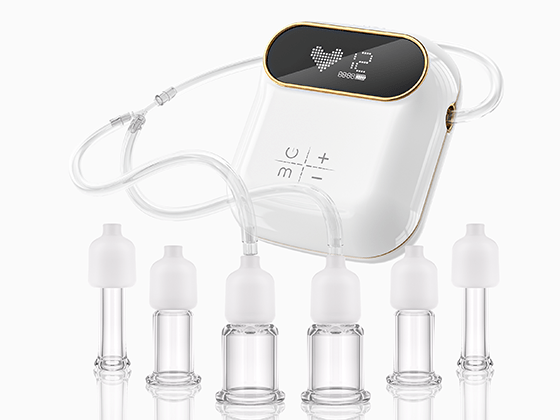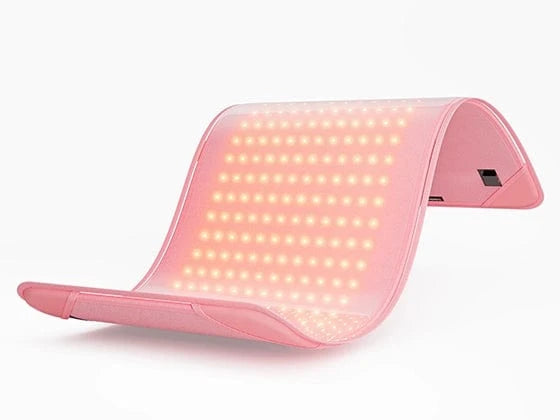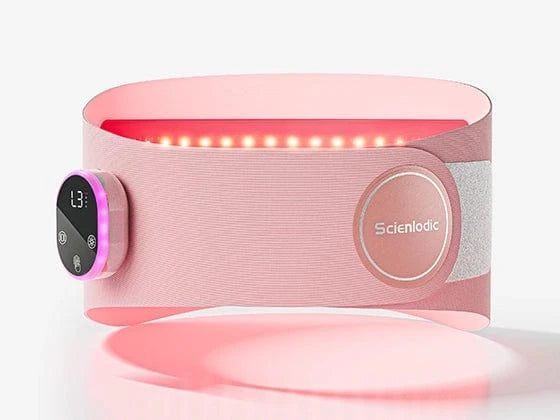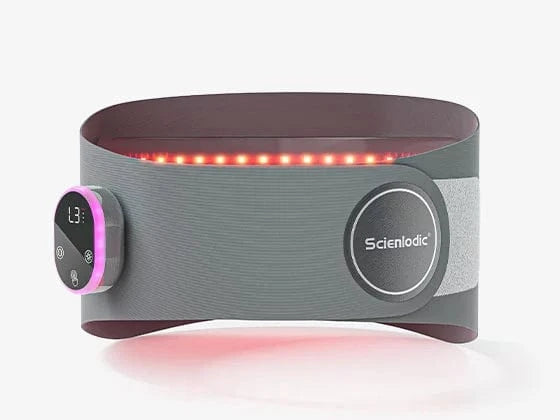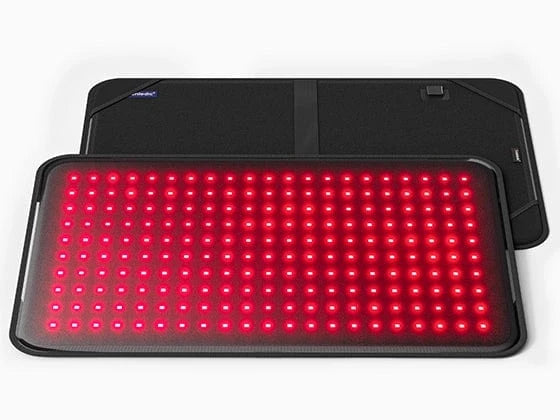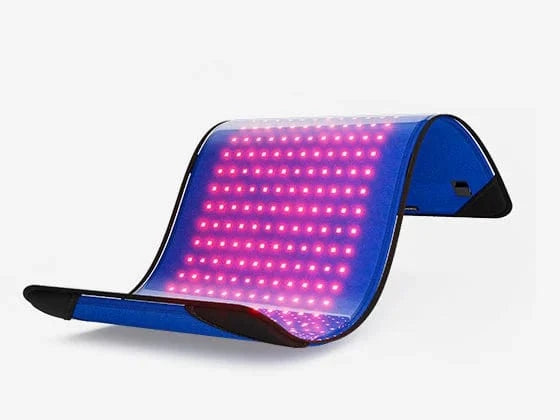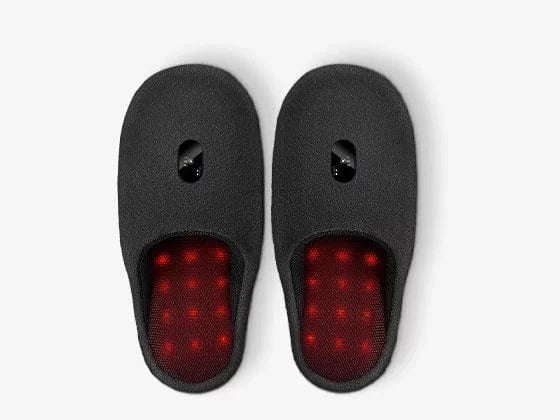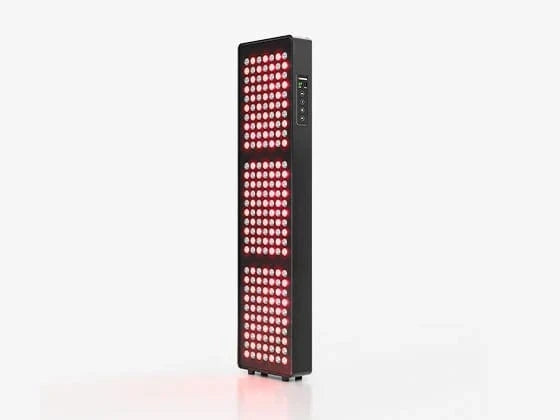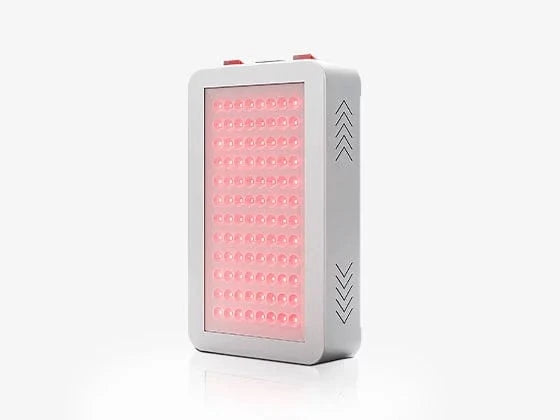
With the fast pace of modern life, most people overuse their brains, which causes great pressure on the brain. And the brain is also at risk for cognitive decline and other brain diseases as aging. In addition, some unwanted accidents in daily life can also cause traumatic brain injury.
For problems on the brain, seeking medical control and surgical treatment is undoubtedly the best option. However, long-term drug intake is extremely easy to cause dependence, and huge side effect. For some reasons, people have to operate on the brain, which will cause a lot of burden on the human body and require a long time for recovery with the combination of drugs and physical therapy at a quite high cost after surgery. Then, red light therapy may be able to better help people restore brain function and promote brain health.
What Is Red Light Therapy?
Red light is part of the visible light spectrum, which is part of natural sunlight. Scientists have isolated the effects of each wavelength of visible and invisible light. Of all the wavelengths studied, it is widely demonstrated that most red light can be used to support positive biological functions in the human body. Red light therapy, or low-intensity light therapy (LLLT), refers to the use of a device with LED light beads to shine red light on bare skin for treatment. The light in red light therapy is divided into red light and near-infrared light (NIR), which have the longest wavelengths of all light. The wavelength range of red light is 630-700nm, while the wavelength range of near-infrared light reaches 700-1100nm. Among them, red light is visible, while near-infrared light is invisible.
Studies have shown [1] that visible red light of wavelength from 610nm to 670nm can be absorbed by skin with a depth of 4-5mm, which can reach the layer of subcutaneous tissue beneath the dermis. Near-infrared light has longer wavelength and can penetrate human tissue, even bone, to a depth of about 5mm to 2 inches. The thickness of the human skull is approximately 6.8-7.7mm, so near-infrared light can easily pass through the skull, meninges and cerebrospinal fluid and is then absorbed by the brain tissue, which makes red light therapy a viable treatment for promoting brain health.
How Red Light Therapy Works for Brain?
Drug therapy generally works by suppressing the corresponding symptoms, so it is usually accompanied by side effects. Red light therapy, on the other hand, promotes brain health by improving cellular function, including:
Neuroprotection
Many studies have shown that red light has a protective effect on brain nerves. In a study published in 2007, researchers focused on the effects of red light therapy on ischemic stroke patients. The 120 patients were divided into two groups, one of which received near-infrared therapy, and the other group was used as a comparison without red light therapy. After 90 days, patients who received near-infrared light therapy had significantly improved symptoms compared to those who did not. Therefore, it can be shown that near-infrared light can protect neurons from damage and promote the recovery of stroke patients.
In a study on Alzheimer's disease [2] by the famous photobiomodulation expert Hamblin, it was found that red light plays a positive role in protecting nerves and helps to slow down the abnormal death of cells caused by inflammation so as to guarantee the patient's survival and longevity.

Enhance brain cell function
According to Hamblin's research, red light therapy not only has a protective effect on nerves, but also improves the function of metabolic cells, thereby promoting metabolism.
When photons of red and near-infrared light are absorbed by the body, they stimulate mitochondria to produce metabolic energy. Mitochondria are the energy-producing centers of cells, including brain cells and stem cells in the bone marrow, and are known as the cell's "battery." Adenosine triphosphate (ATP) serves as an energy source for most cells, allowing cells to function better. Mitochondria produce more adenosine triphosphate (ATP) when stimulated by red light therapy.
Mitochondrial dysfunction occurs when there is a problem with the ability of mitochondria to produce ATP. Causes of mitochondrial dysfunction typically include oxidative stress and inflammation. And a study confirmed that mitochondrial dysfunction is the direct cause of Alzheimer's.
Improve blood flow to the brain
Whether it's skin cells or neurons, boosting blood flow is an effective way to support and accelerate cell healing whenever there is damage. In Hamblin's study, it was shown that red light helps stimulate blood flow and increase cerebral oxygenation in Alzheimer's patients.
Patients with other neurodegenerative diseases and traumatic brain injury often have neurovascular dysfunction that can lead to brain hypoxia and slow recovery, and red light therapy can be used as a treatment for these symptoms.
Scienlodic red light therapy cap can increase blood circulation, not only reduce stroke and other cerebral ischemia-related diseases, but also promote hair regrowth.
Reduce inflammation and oxidative stimulation
As mentioned above, inflammation and oxidative stress can cause mitochondrial dysfunction, preventing cells from functioning properly. In addition to this, many neurodegenerative diseases and psychological disorders are associated with inflammation. The anti-inflammatory effect of red light therapy is very effective in reducing inflammation and oxidative stress.
Enhance neurogenesis
Regeneration of neurons is the key to repairing damage and degeneration. Red light has been shown to stimulate the regeneration of neurons during neurogenesis.
As mentioned in this article, near-infrared light therapy for people with traumatic brain injury and neurodegenerative diseases is said to be safe and effective.
Enhance synaptogenesis
A study in 2017 showed that red light therapy can stimulate the formation of synapses between neurons, which affects the figurability of brain nerves and the natural ability to form new neural connections to reorganize itself. The formation of synapses between neurons is very useful in patients suffering from traumatic brain injury that results in impaired cognitive function.
Promotes the formation of stem cells
Stem cells are the body's main cells which are inactive in the bones and bone marrow throughout the body. They are used in response to injury, other cells death or malfunction, and are activated when the body’s in need. One of the effects of red light therapy is to stimulate the production of stem cells.
Red Light Therapy Boosts Brain Health
Many problems with the brain are actually problems with the nerves and cells in it. When red light therapy has a positive effect on these cells and nerves, it naturally promotes brain health.
Improve stroke symptoms and promote recovery
According to the CDC, about 90 percent of strokes are ischemic, caused by blocked blood flow to the brain, and red light therapy can boost blood flow to the brain.
In a clinical trial in 2007, researchers irradiated near-infrared light with a wavelength of 810nm to patients with ischemic stroke. The patient's symptoms have improved significantly after the treatment, and the effect is still prominent after 90 days.
Stroke patients are often accompanied by cramps, which can cause pain and weakness in the body. According to a study in 2016, stroke patients treated with red light experienced significantly less pain and weakness.
Accelerates recovery from traumatic brain injury
People who experience traumatic brain injury (TBI) and chronic traumatic encephalopathy (CTE) often show some symptoms of cognitive function, some of which will appear immediately after the injury, while others may need weeks, months or even years to appear. Medications are commonly used to deal with a range of symptoms from the injury, but there is no doubt that medications can have some side effects along with the treatment.
From some of the studies mentioned above, we know that red light therapy can stimulate ATP production in mitochondria to increase cellular energy, meanwhile help to improve blood flow in the brain. Through this series of effects of red light therapy, abnormal cellular activity in damaged brain tissue caused by traumatic brain injury is improved.
Hamblin mentioned in his article in 2016 that red light with wavelength of 660nm and 810nm is effective and safe for promoting cognitive recovery after brain injury.
Another study can also prove that near-infrared light with a wavelength of 810nm is highly effective in promoting recovery from traumatic brain injury and reducing long-term neurological damage .
Promote mental health
Typically, depression is associated with sleep disturbances. In this study, people treated with red light showed an increase in natural melatonin and improved sleep. Symptoms of depression were relieved when better sleep quality was achieved.
In another study on the effects of red light on depression and anxiety, we can learn that participants who received near-infrared light therapy had obtained improved sleep quality, improved cognition, and decreased PTSD symptoms.
Improve cognitive ability
In addition to patients with degenerative brain diseases and traumatic brain injury, individuals with normal brain function can also use red light therapy to improve cognitive function, obtain better memory and sharper thinking, thus bringing more convenience to life and learning.
In a study of 2013, red light therapy was found to promote increased activity in the prefrontal cortex of the brain. The prefrontal cortex is responsible for executive functions including focusing, controlling impulses, setting and achieving goals, predicting, planning and anticipating, and coordinating a range of actions. In addition, stimulating the brain with red light therapy can also modulate neuronal function, thereby improving attention and memory recovery, and enhancing emotional self-regulation and reaction time.
Slow Cognitive Decline & Degenerative Brain Disease Treatment
Cognitive decline is inevitable with age. What's more, there may be age-related degenerative brain disease (Alzheimer's). Medication interventions often have serious side effects, and it is common for Alzheimer's patients to forget to take their medication due to cognitive decline.
Studies have shown that normal aging can lead to the decline of mitochondrial activity and quality in the brain, while red light therapy is beneficial to improve mitochondrial function. So it is not difficult to see that red light therapy is effective in slowing down cognitive decline and treating degenerative brain diseases.
Hamblin noted in his 2019 study that Alzheimer's patients who received near-infrared light therapy had improved symptoms including increased cognitive performance, increased sleep quality, and decreased anxiety, decreased emotional outbursts, and decreased wandering behavior.

Are There Any Side Effects Of Red Light Therapy?
In many studies on red light therapy for promoting brain health, there are basically no side effects found. Some people with sensitive skin may experience temporary redness or tightness in the skin after using red light therapy, but this is not a symptom of skin burns caused by overexposure to red light. Red light therapy does not cause burns. Skin redness and tightness may be due to increased blood flow to the treated area, and these symptoms subside within minutes of red light treatment.
How To Perform Red Light Therapy?
Some hospitals and physiotherapy centers out there will provide red light therapy at high expense. And the treatment of red light therapy for promoting brain health often requires a long course to achieve the expected result, so the cost of the entire course of treatment can be quite a lot.
Nowadays, red light therapy is mostly conducted through low-risk devices. So it is feasible and safe for individuals to operate devices at home to perform red light therapy. Therefore, why not consider purchasing a red light therapy device for home treatment?
Cheak Out Photon Therapy Cap For Hair Growth.
References:
[1] Caerwyn Ash, Effect of wavelength and beam width on penetration in light-tissue interaction using computational methods. Lasers Med Sci. 2017; 32(8): 1909–1918. Published online 2017 Sep 12. doi: 10.1007/s10103-017-2317-4
www.ncbi.nlm.nih.gov/pmc/articles/PMC5653719/
[2] Michael R. Hamblin1, Photobiomodulation for Alzheimer’s Disease: Has the Light Dawned? Photonics. Author manuscript; available in PMC 2019 Sep 1. Published online 2019 Jul 4. doi: 10.3390/photonics6030077
Access version:www.ncbi.nlm.nih.gov/pmc/articles/PMC6664299/


